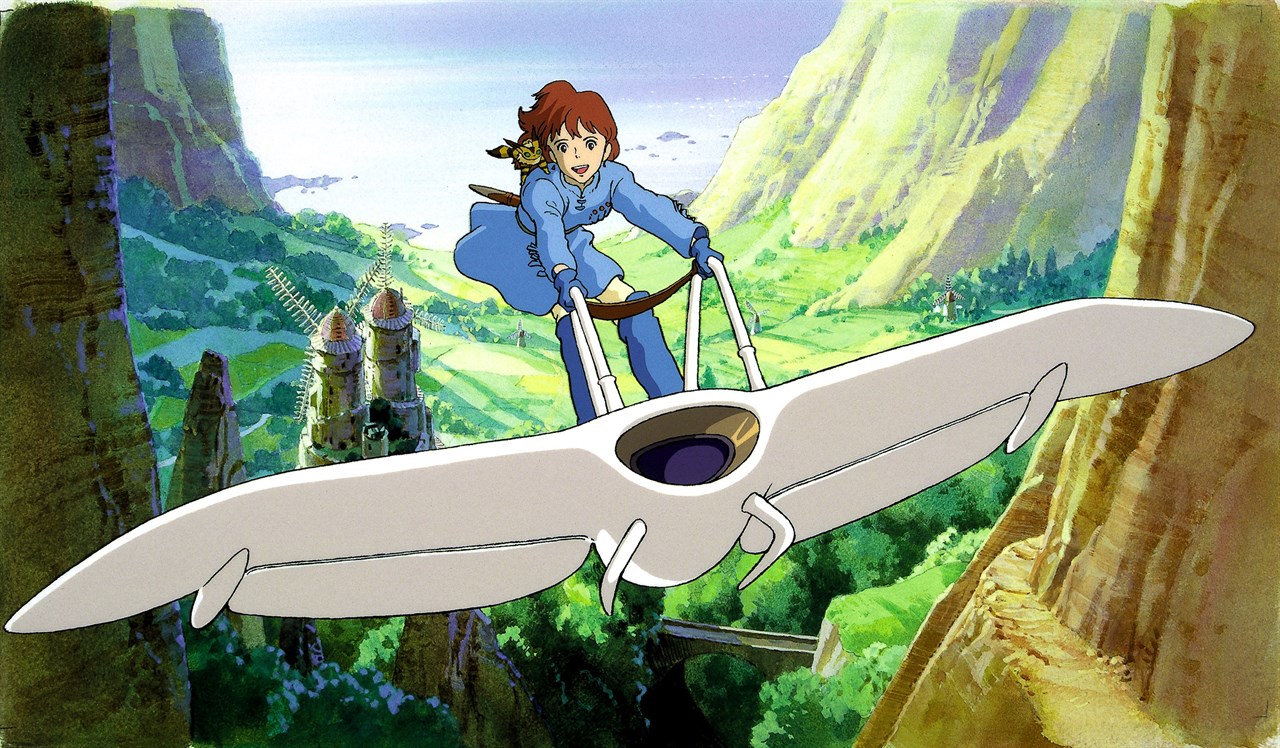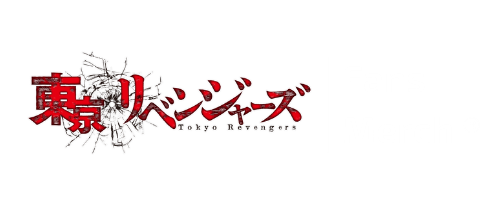
War and Peace in Nausicaä of the Valley of the Wind Analyzing the Films Political and Philosophical Themes
Nausicaä of the Valley of the Wind, Miyazaki's seminal work, presents a rich tapestry of political and philosophical themes surrounding war and peace. At its core, the narrative grapples with humanity's relationship with nature amidst a backdrop of conflict and ecological disaster. Set in a post-apocalyptic world where toxic jungles and giant insects reign, the film explores the consequences of human actions and the potential for harmony between civilization and the natural world. By analyzing these themes, one can gain deeper insights into how Miyazaki’s narrative speaks to contemporary issues, encouraging viewers to reflect on their responsibilities towards the environment and each other.
The Consequences of War
One of the most prominent themes in Nausicaä is the devastating impact of war. The film portrays a civilization on the brink of destruction due to continual conflicts fueled by greed and ignorance. As Nausicaä, the strong-willed princess of the Valley of the Wind, navigates these treacherous waters, she often serves as a mediator between humans and the creatures of the toxic forest. The film starkly warns of the futility of war, showcasing how it leads to a cycle of suffering and destruction that ultimately devalues life. Nausicaä herself symbolizes the potential for peace, emphasizing the importance of understanding, compassion, and coexistence over violence. In a world where weaponry and battles are celebrated, her character urges a reassessment of what it means to achieve peace.
Philosophical Reflections on Nature
Nausicaä of the Valley of the Wind further delves into philosophical reflections on the relationship between humanity and nature. The Toxic Jungle, while initially portrayed as a dangerous wasteland, gradually reveals its complexity and significance. Miyazaki suggests that nature is not merely a backdrop for human activity but a vital entity with its own intricate processes. Nausicaä’s ability to communicate and empathize with the Ohmu, the giant insects that inhabit the jungle, illustrates the theme of interdependence. This represents a broader ecological philosophy that emphasizes respect and balance, rather than domination and exploitation. By portraying the beauty and fragility of the natural world, the film invites viewers to rethink their role within it and consider the ethical implications of their actions toward the environment.
The Need for Empathy and Understanding
At its heart, Nausicaä is a story of empathy and understanding. Nausicaä’s character embodies these values, as she seeks to bridge the divide between opposing factions—the Tolmekians, the Pejites, and the insects. The various conflicts throughout the film underscore the dangers of miscommunication and prejudice, as each side fails to see the humanity in the other. Nausicaä’s journey is not just about her personal growth but also about her mission to foster dialogues that heal rather than hurt. This thematic thread resonates deeply with modern global conflicts, reminding audiences that peace often comes from understanding rather than violence. As this narrative unfolds, the film emphasizes that our actions towards one another and the planet can either harmonize or fracture the intricate connections of life.
Nausicaä Of The Valley Of The Wind shop
For fans of this iconic film, the "Nausicaä of the Valley of the Wind shop" offers a treasure trove of merchandise that celebrates its themes and characters. From collectible figurines to art books, the shop embodies the film's essence and allows fans to immerse themselves in the world of Nausicaä. Owning a piece from the shop is not just about acquiring merchandise; it's about keeping the message of the film alive and spreading awareness of the crucial themes it presents. In a world where we often forget the lessons of the past, the shop serves as a reminder of the importance of peace and coexistence, echoing the sentiments that Miyazaki so passionately conveys in his work.









